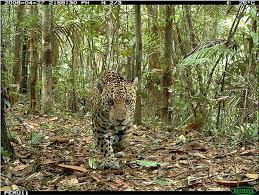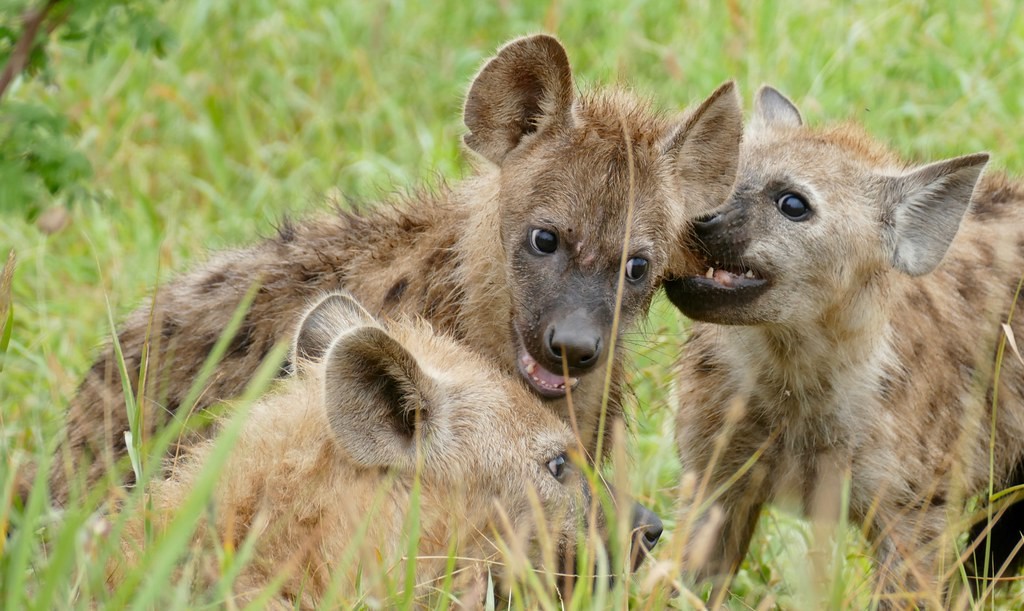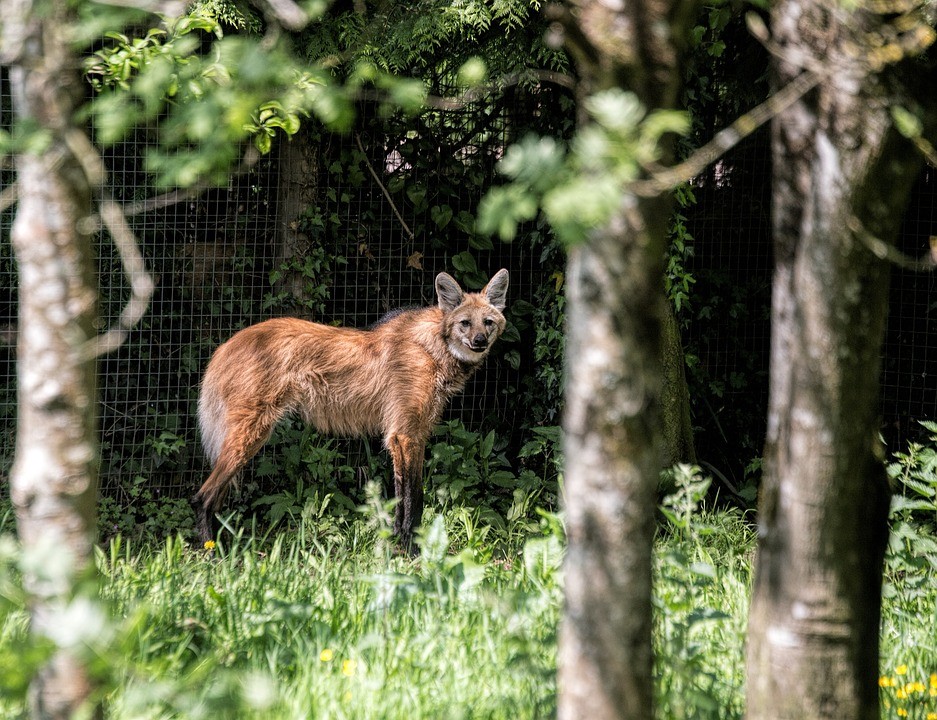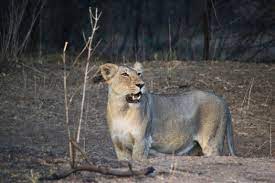Wolf numbers in Sweden started to fall after a law in 1789 allowed commoners to hunt moose and deer, led to a lack of food for the wolf population. It is thought that there were no wolves in the South of Sweden by 1800, and they had vanished from the north by no later than 1900.
However, unlike the UK, Sweden is on mainland Europe. This means that countries bordering Sweden can have very different wolf policies – allowing wolves to naturally return. This happened in 1980s when 3 Finnish-Russian wolves crossed over the border and migrated to the south. These 3 (with occasional new migrants( has grown to 480, mostly in central Sweden.
Conservationists have argued that 300 wolves is the bare minimum for a healthy population. Those who study wolves suggest that wolves have a density of between one every 4.6 squire miles (12 square km) and one every 46 square miles (120 square km). Sweden has an are of 173,000 square miles suggesting a carrying population of between 3700-37000 wolves.
200 is therefore roughly 5% of the minimum carrying capacity of Sweden. Remember that most of Sweden remains heavily forested, and therefore perfect habitat for the wolf. These forests are also shared by 3000 bears.
What these numbers show, is that the current number of wolves in Sweden – 480 spread across roughly 40 packs, is absolutely fine.
The government minister did not give a figure as to how big she thought the population should be, but said that while Sweden must meet its EU obligation to not eradicate the wolf, she supported people “who live where wolves are, who feel social anxiety, and those who have livestock and have been affected”. Now it should be noted that these two policies are not compatible. For many farmers, the only number of wolves that they will be happy with is zero – they will always feel nervous with any wolves still staying wild.
It should be noted that the countries hunting lobby is powerful, and have argued that the wolves eat moose (which they want to be able to hunt) and kill their dogs if they get close enough.
I have experience of the wilds of Sweden. There is a Swedish bear hide listed on this site. Our visit gave us 6 bear sightings and a wolf, and when we went south to the centre of the wolf range we also saw some elk (moose) being harried by a wolf – exciting, even if the sighting was very brief. There is a great deal of money that flows into Sweden for ecotourism, and the potential of this is far higher than the money gained from hunting

















